Home>Gardening & Outdoor>Outdoor Structures>How To Melt Ice On Composite Decking
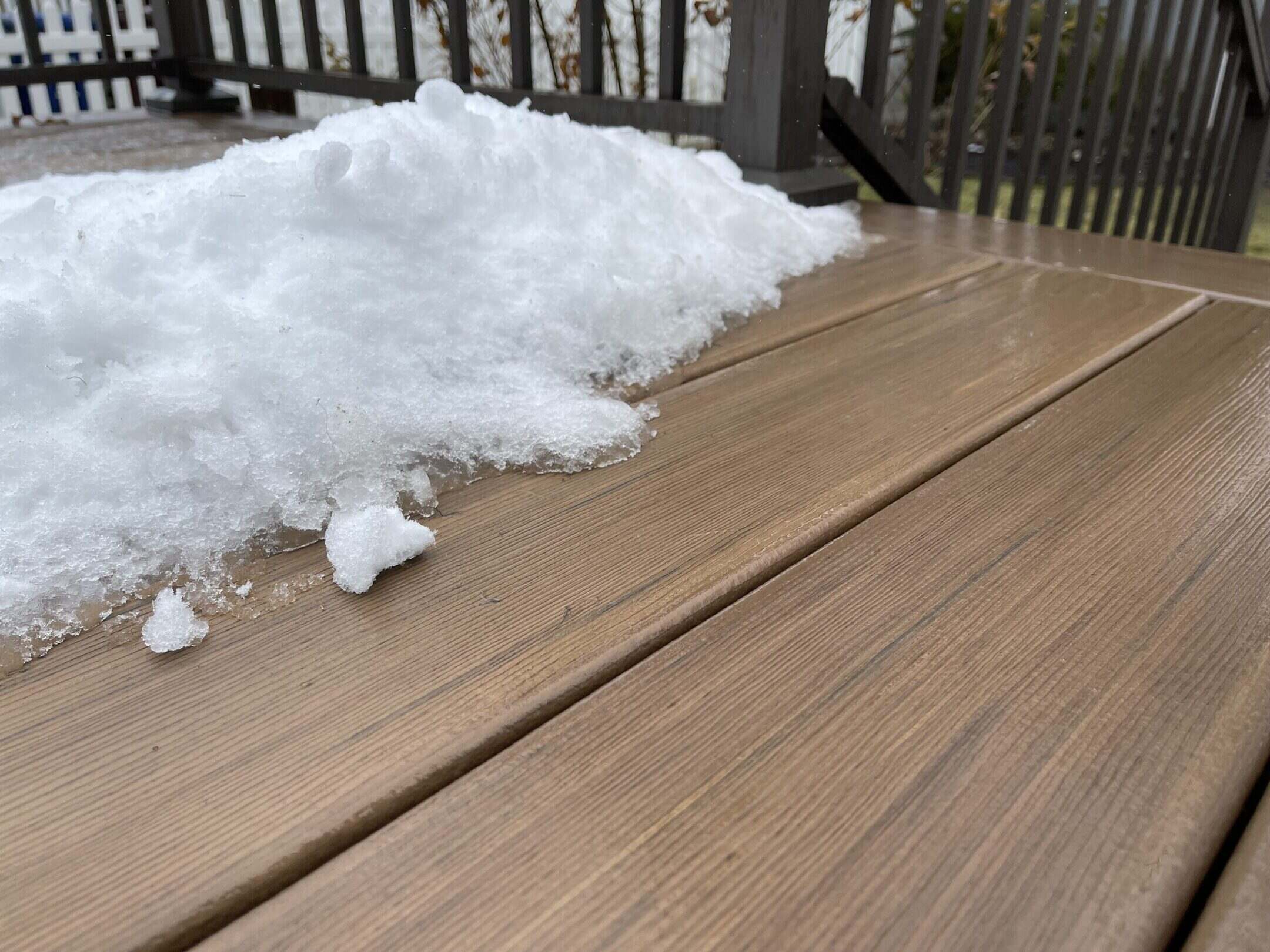

Outdoor Structures
How To Melt Ice On Composite Decking
Modified: January 9, 2024
Learn how to safely melt ice on composite decking and protect your outdoor structures with our expert tips. Keep your deck looking great all winter long!
(Many of the links in this article redirect to a specific reviewed product. Your purchase of these products through affiliate links helps to generate commission for Storables.com, at no extra cost. Learn more)
Introduction
Welcome to the world of composite decking, where the beauty of natural wood meets the durability of modern technology. As the proud owner of a composite deck, you understand the joy of having an outdoor space that's not only visually stunning but also built to withstand the elements. However, the arrival of winter brings a new set of challenges, particularly when it comes to dealing with ice and snow on your beloved deck.
In this comprehensive guide, we will delve into the best practices for melting ice on composite decking without compromising its integrity. We'll explore the unique characteristics of composite materials, discuss the potential risks associated with using traditional ice-melting methods, and provide safe and effective alternatives to ensure the longevity of your outdoor sanctuary.
So, whether you're a seasoned composite decking enthusiast or a newcomer looking to safeguard your investment, join us as we navigate the fascinating terrain of preserving the allure and functionality of your composite deck during the frosty winter months. Let's embark on this enlightening journey together, arming ourselves with the knowledge and techniques needed to conquer the icy challenges that await us.
Key Takeaways:
- Safely melt ice on composite decking using non-corrosive methods like mechanical removal, calcium chloride-based deicers, ice-melting mats, and eco-friendly ice melt products to protect your deck’s integrity and the environment.
- Preserve the beauty and durability of composite decking by avoiding salt and chemical deicers, and embracing safe ice-melting techniques that prioritize the well-being of your outdoor sanctuary.
Read more: What Ice Melt Is Safe For Trex Decking
Understanding Composite Decking
Composite decking has revolutionized the outdoor living experience, offering a harmonious blend of aesthetics, durability, and low maintenance. Unlike traditional wood decks, composite decking is crafted from a combination of wood fibers, recycled plastics, and binding agents. This ingenious fusion results in a product that boasts the timeless appeal of wood while delivering exceptional resistance to rot, warping, splintering, and insect damage.
One of the most alluring aspects of composite decking is its remarkable ability to withstand the harsh rigors of nature, from scorching sunbeams to torrential downpours. This resilience is attributed to the advanced engineering behind composite materials, which imbues them with superior strength and dimensional stability. As a result, composite decking maintains its structural integrity and lustrous appearance for years to come, with minimal upkeep required.
Furthermore, composite decking presents a diverse palette of colors and textures, allowing homeowners to customize their outdoor oasis with ease. Whether you prefer the rich warmth of mahogany or the timeless elegance of cedar, there’s a composite deck option to suit every taste and architectural style.
Equally important is the eco-friendly nature of composite decking, as it harnesses recycled materials and minimizes the demand for virgin wood. This sustainable approach not only reduces environmental impact but also contributes to the conservation of natural resources.
With its exceptional durability, aesthetic versatility, and environmental consciousness, composite decking has earned its rightful place as a premier choice for outdoor structures. As we venture into the realm of ice management on composite decks, it’s imperative to recognize and preserve the unique characteristics that make these decks a cherished asset in any home.
Risks of Using Salt and Chemical Deicers
When faced with the daunting task of combating ice on composite decking, many homeowners instinctively turn to traditional solutions such as rock salt and chemical deicers. While these methods are effective for melting ice, they pose significant risks to the integrity and appearance of composite materials.
One of the primary concerns associated with salt and chemical deicers is their potential to cause discoloration and corrosion on composite decking. The abrasive nature of these substances can initiate a chemical reaction that compromises the protective surface of the deck, leading to unsightly blemishes and structural vulnerabilities. Moreover, the runoff from melting ice treated with these deicers can seep into the soil, posing environmental hazards and potentially harming surrounding vegetation.
Additionally, the use of salt and chemical deicers can accelerate the weathering process of composite decking, causing premature deterioration and diminishing its lifespan. The harsh compounds in these deicers can permeate the composite material, resulting in swelling, cracking, and overall degradation of the deck’s composition.
Furthermore, the corrosive properties of salt and chemical deicers may jeopardize the metal fasteners and hardware used in the construction of composite decks. This can lead to accelerated rusting and weakening of structural components, compromising the stability and safety of the entire deck structure.
It’s crucial to acknowledge that while salt and chemical deicers are effective at melting ice, their detrimental impact on the longevity and aesthetics of composite decking cannot be overlooked. As responsible stewards of our outdoor spaces, it’s imperative to explore alternative methods that prioritize the well-being of our composite decks while effectively managing ice accumulation.
To melt ice on composite decking, use a plastic shovel or broom to remove as much ice as possible. Then, use a calcium chloride-based ice melt, as it is safe for composite decking and effective in melting ice. Avoid using rock salt or metal shovels, as they can damage the decking.
Safe Methods for Melting Ice on Composite Decking
As the guardians of our composite decks, it’s essential to adopt ice-melting techniques that preserve the structural integrity and visual allure of these outdoor sanctuaries. Fortunately, there are several safe and effective methods for managing ice on composite decking without resorting to corrosive substances. Let’s explore these alternative approaches:
- Mechanical Removal: Utilizing a plastic shovel or snow broom, gently remove accumulated snow and ice from the composite deck’s surface. This manual method minimizes the need for chemical intervention and prevents potential damage to the deck’s composition.
- Calcium Chloride-Based Deicers: Unlike traditional rock salt, calcium chloride-based deicers offer a safer alternative for melting ice on composite decking. These products generate heat as they dissolve, effectively melting ice without posing significant risks to the structural integrity of the deck.
- Ice-Melting Mats: Specially designed ice-melting mats provide a convenient and non-invasive solution for combating ice accumulation on composite decks. These mats are placed directly on the deck’s surface and utilize radiant heat to swiftly melt ice and snow, eliminating the need for harsh chemicals.
- Environmentally-Friendly Ice Melt: Look for ice-melting products specifically formulated to be safe for composite decking and the surrounding environment. These eco-friendly alternatives prioritize the well-being of your outdoor space while effectively managing ice buildup.
- Preventative Measures: Implementing proactive measures such as strategically placed outdoor rugs or mats can minimize the accumulation of snow and ice on composite decking, reducing the need for extensive ice management.
By embracing these safe and conscientious methods, we can safeguard the longevity and aesthetic appeal of our composite decks while effectively addressing the challenges posed by winter weather. It’s imperative to prioritize the well-being of our outdoor spaces and adopt practices that align with the resilient and eco-conscious nature of composite decking.
Conclusion
As we conclude our exploration of melting ice on composite decking, it’s evident that preserving the beauty and durability of these outdoor structures requires a thoughtful and informed approach. While the allure of traditional ice-melting solutions may be compelling, the potential risks they pose to composite decking cannot be understated. By understanding the unique composition and characteristics of composite materials, we can implement safe and effective methods for managing ice accumulation without compromising the integrity of our decks.
Embracing mechanical removal, calcium chloride-based deicers, ice-melting mats, and environmentally-friendly ice melt products empowers us to conquer the challenges of winter while upholding the resilience and visual splendor of our composite decks. These conscientious approaches not only protect the structural integrity of the deck but also contribute to the preservation of the surrounding environment.
As responsible custodians of our outdoor sanctuaries, let’s embark on this winter journey equipped with the knowledge and tools needed to combat ice on composite decking in a manner that honors the craftsmanship and sustainability of these modern marvels. By prioritizing safe and eco-friendly ice management practices, we can ensure that our composite decks remain enduring havens of beauty and functionality, season after season.
So, as the winter winds blow and the frost settles, let’s stand steadfast in our commitment to safeguarding the timeless allure of composite decking, ensuring that our outdoor spaces remain inviting retreats for relaxation and revelry, regardless of the icy challenges that may arise.
Frequently Asked Questions about How To Melt Ice On Composite Decking
Was this page helpful?
At Storables.com, we guarantee accurate and reliable information. Our content, validated by Expert Board Contributors, is crafted following stringent Editorial Policies. We're committed to providing you with well-researched, expert-backed insights for all your informational needs.
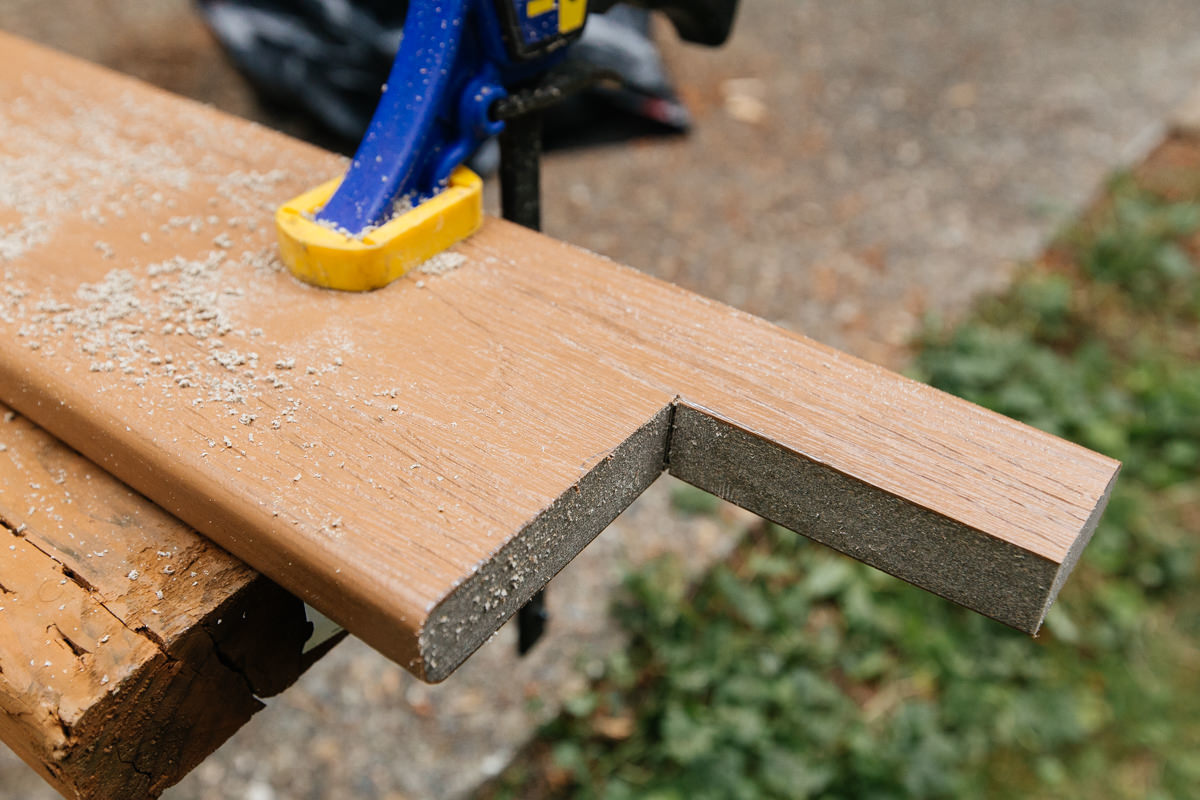
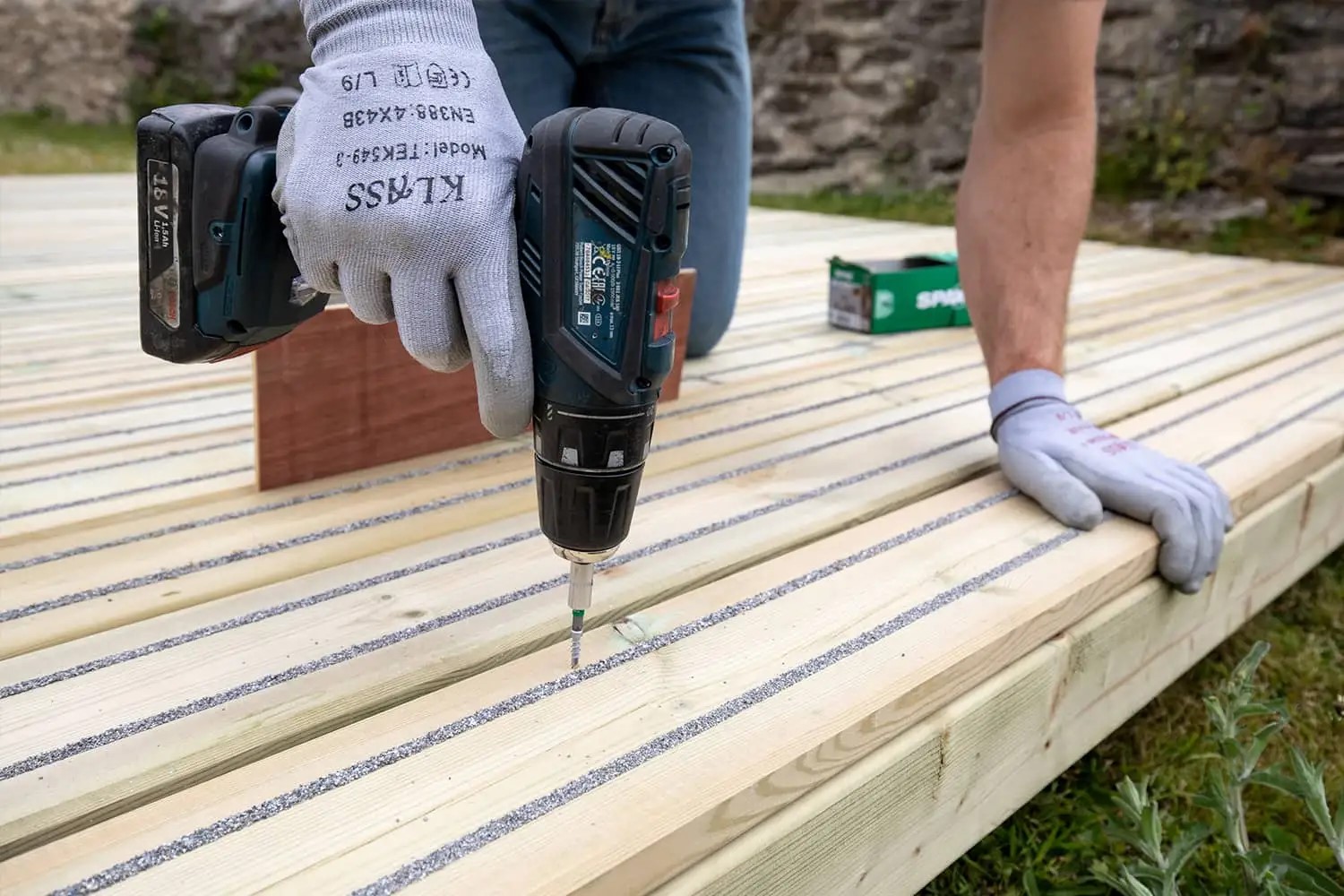
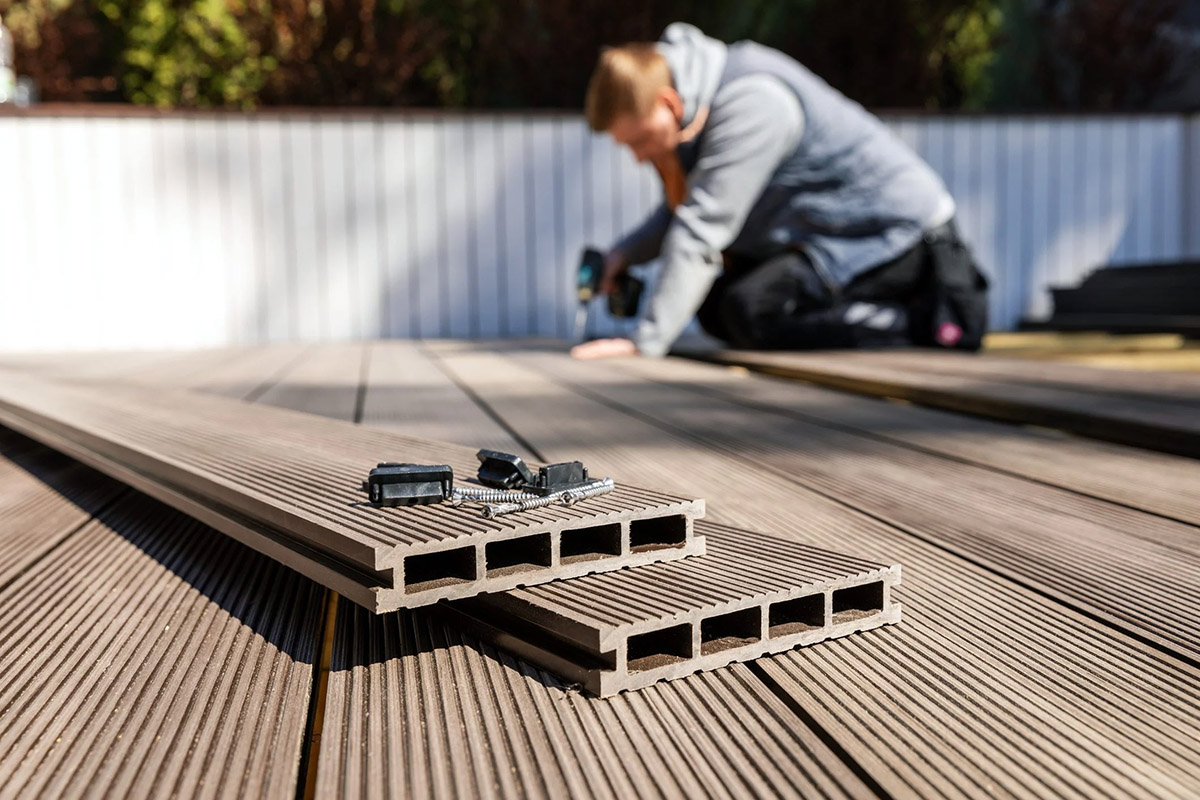
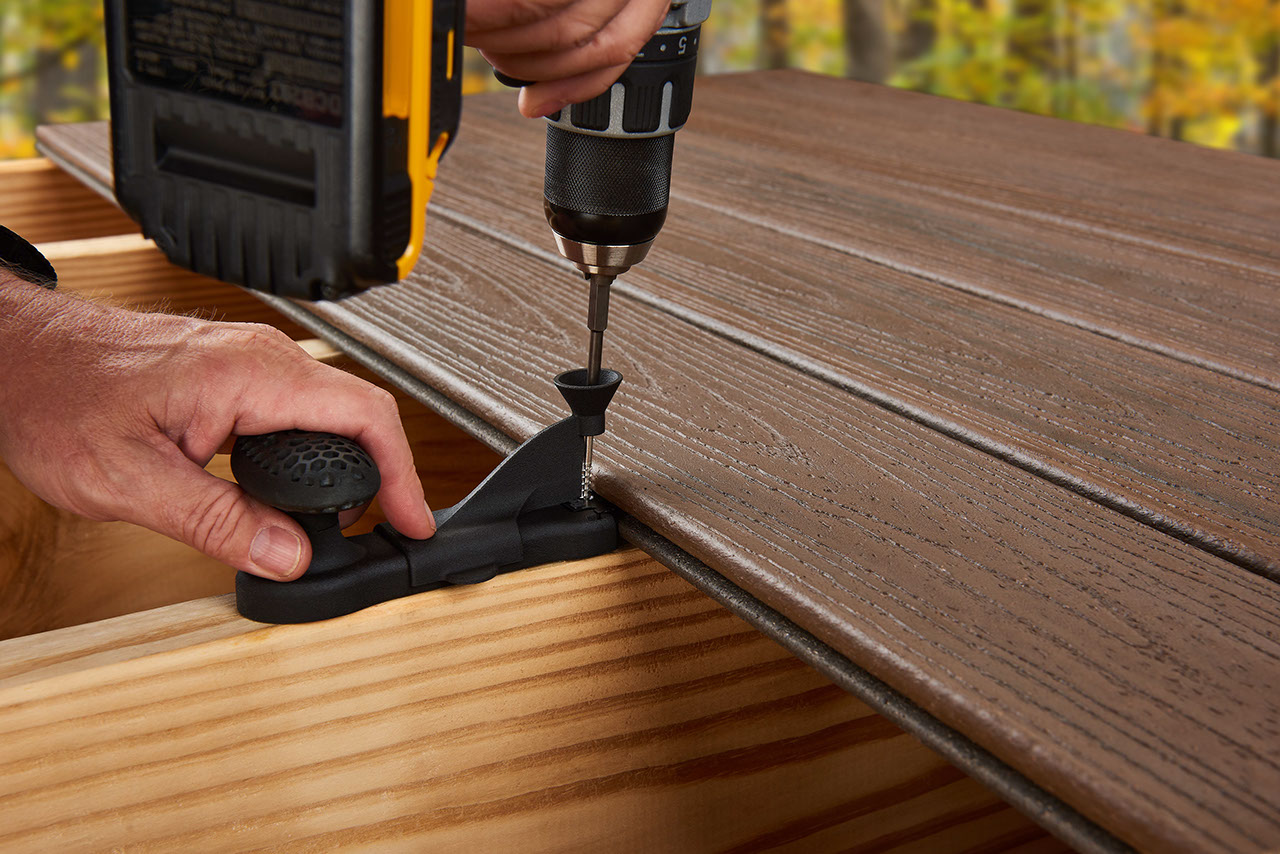
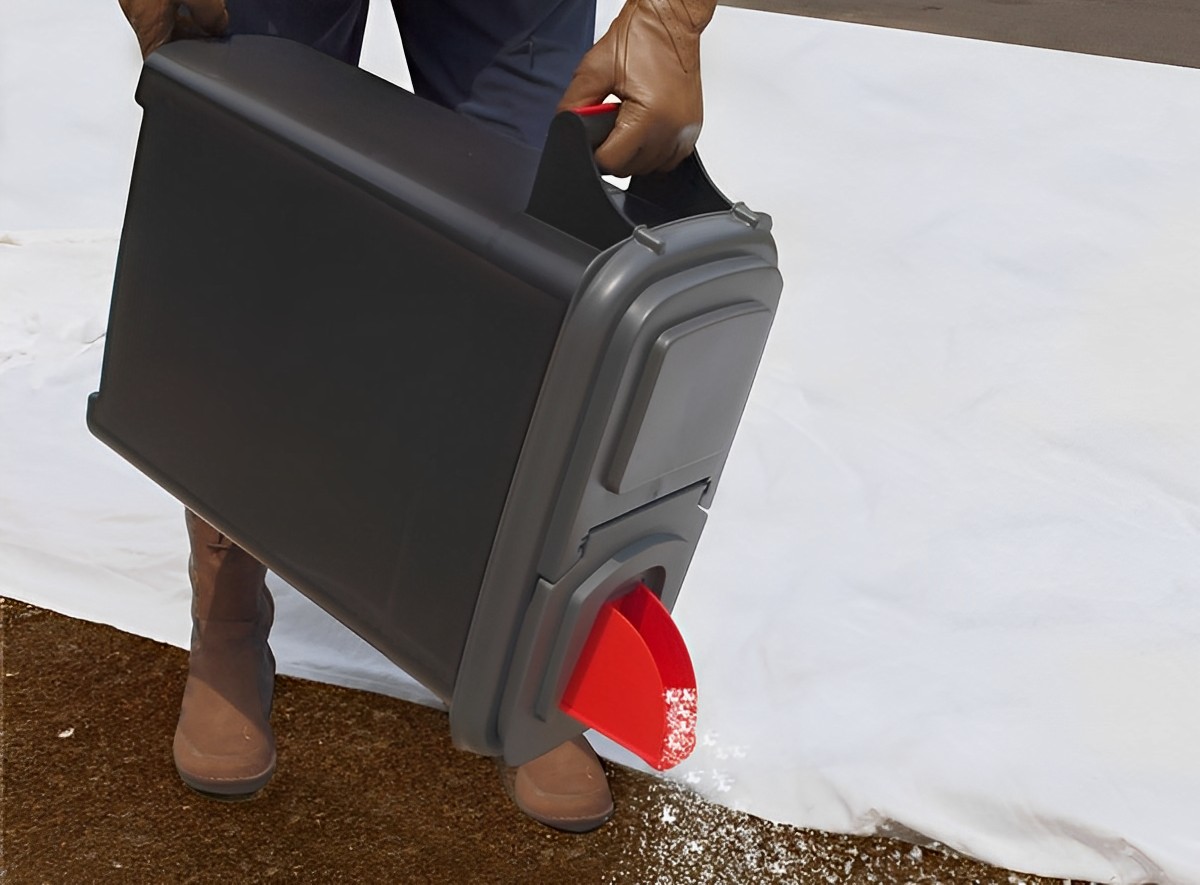
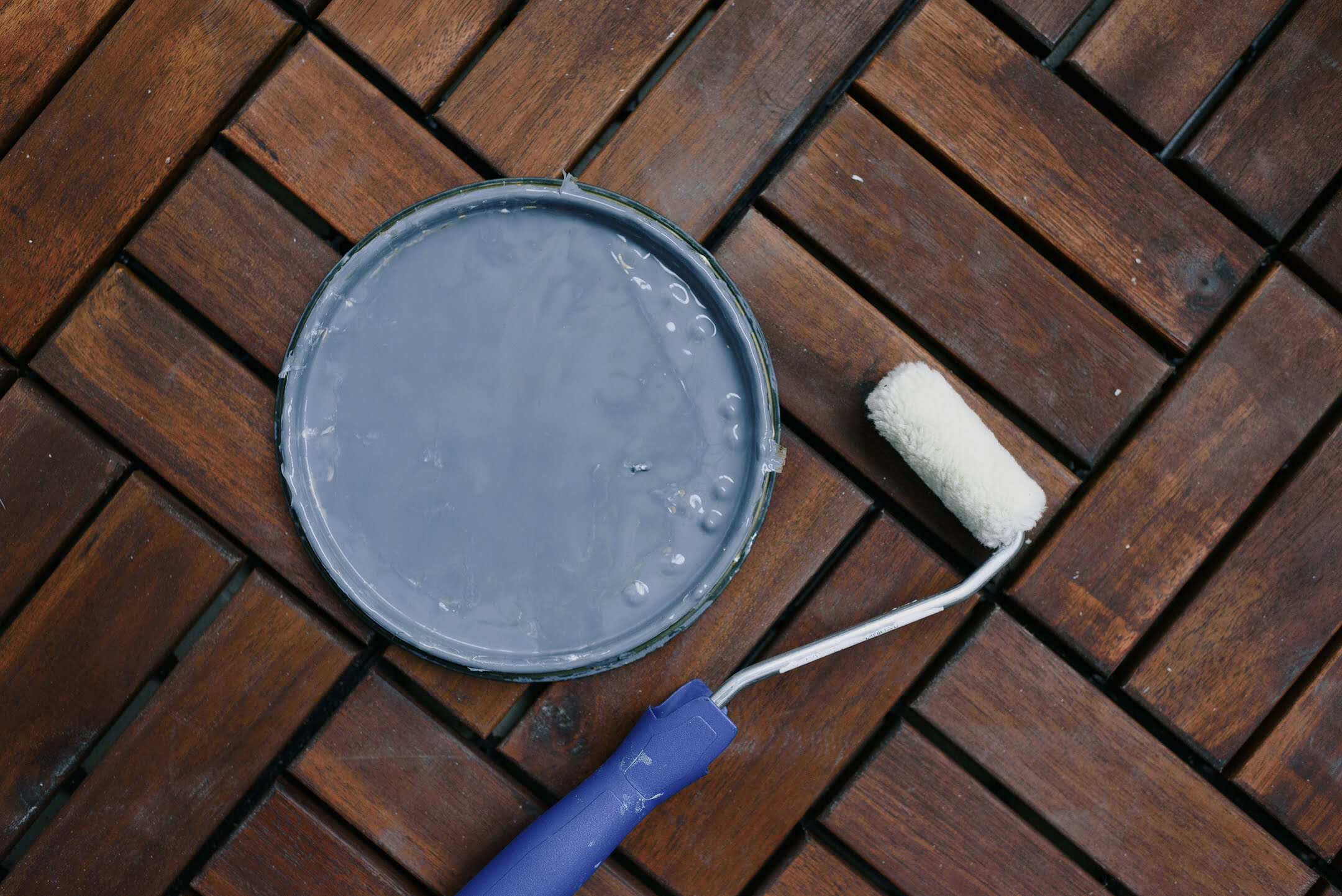
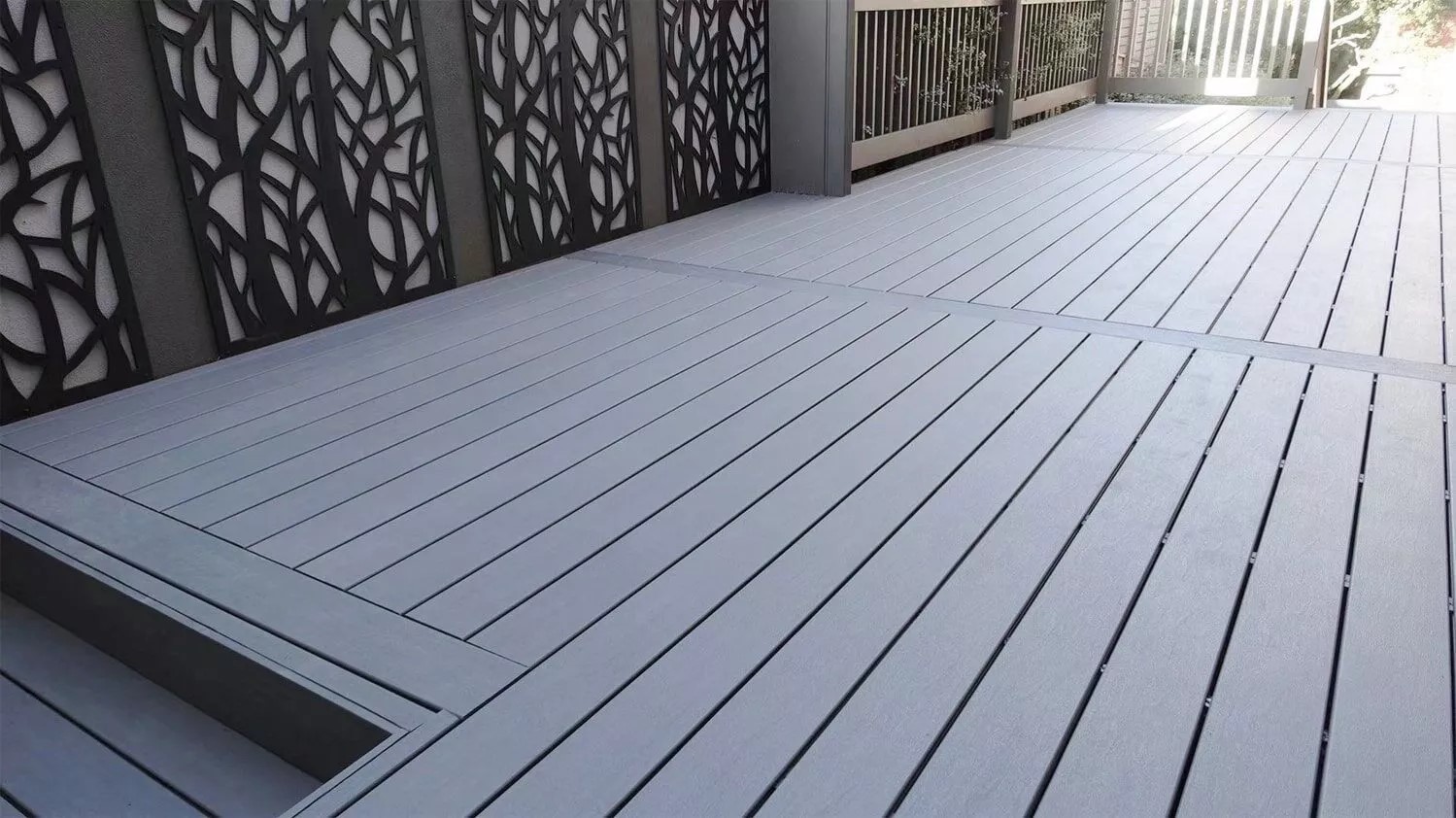
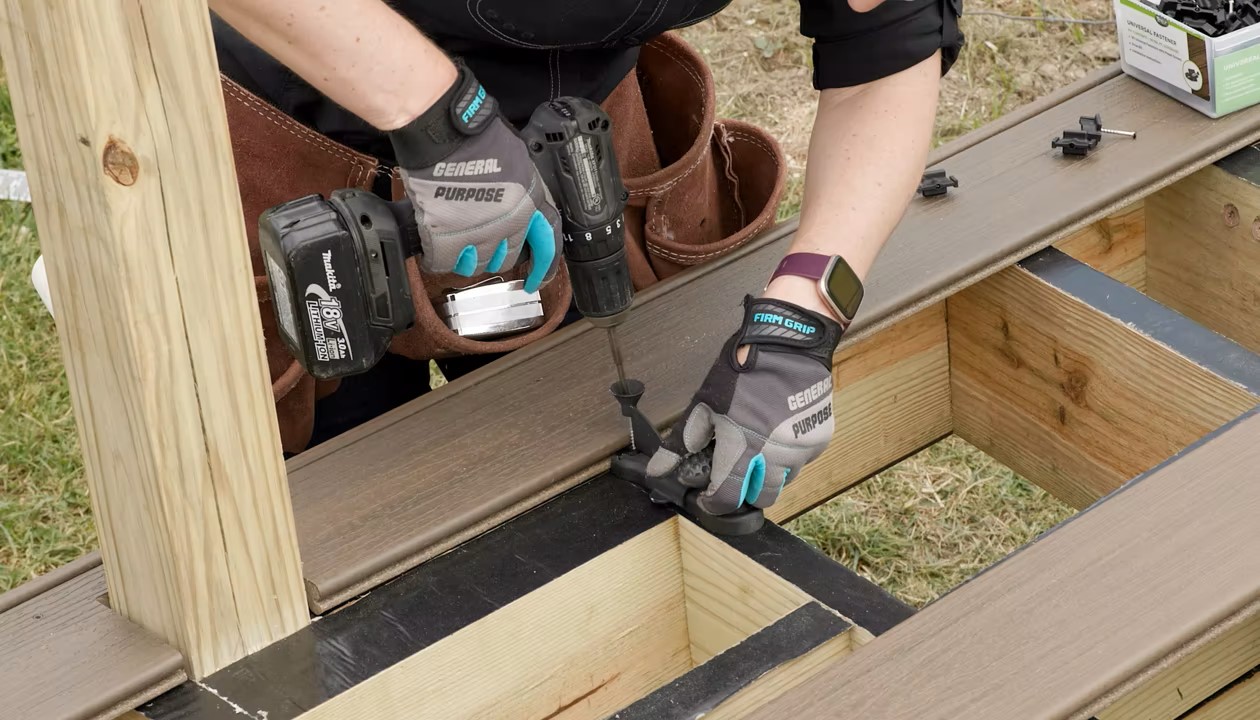
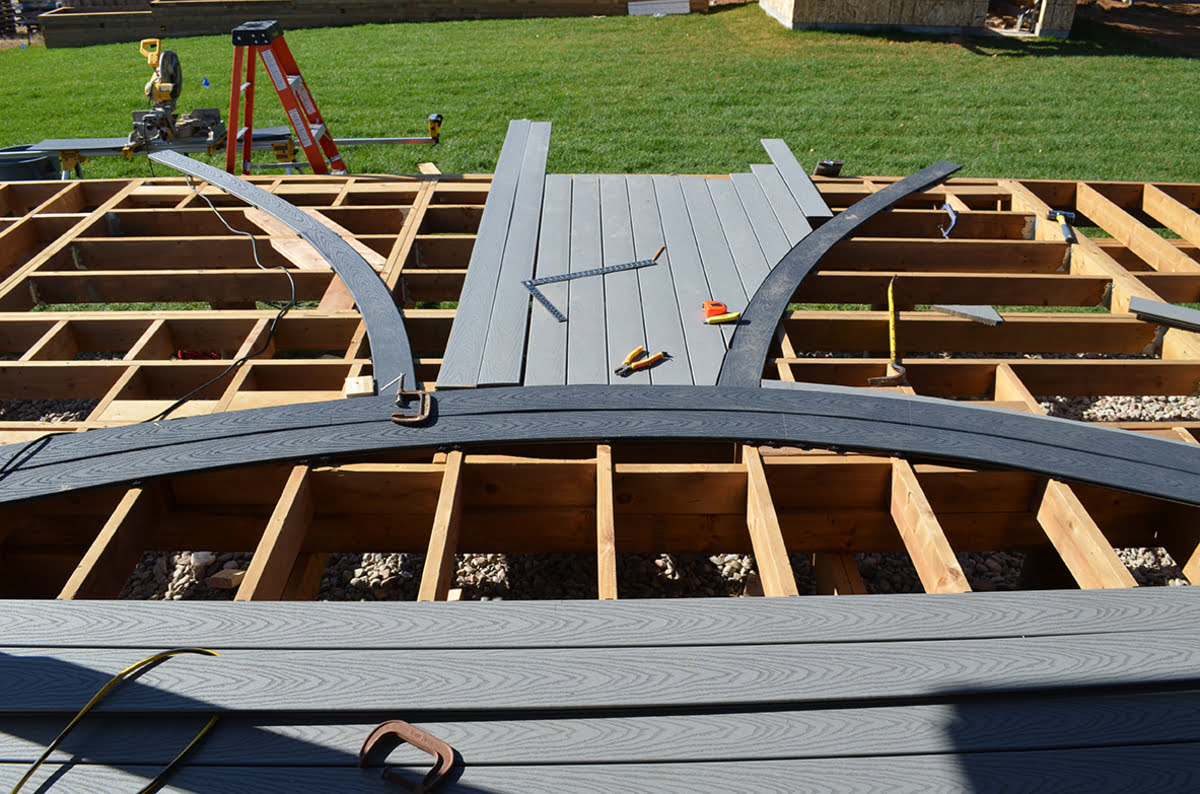
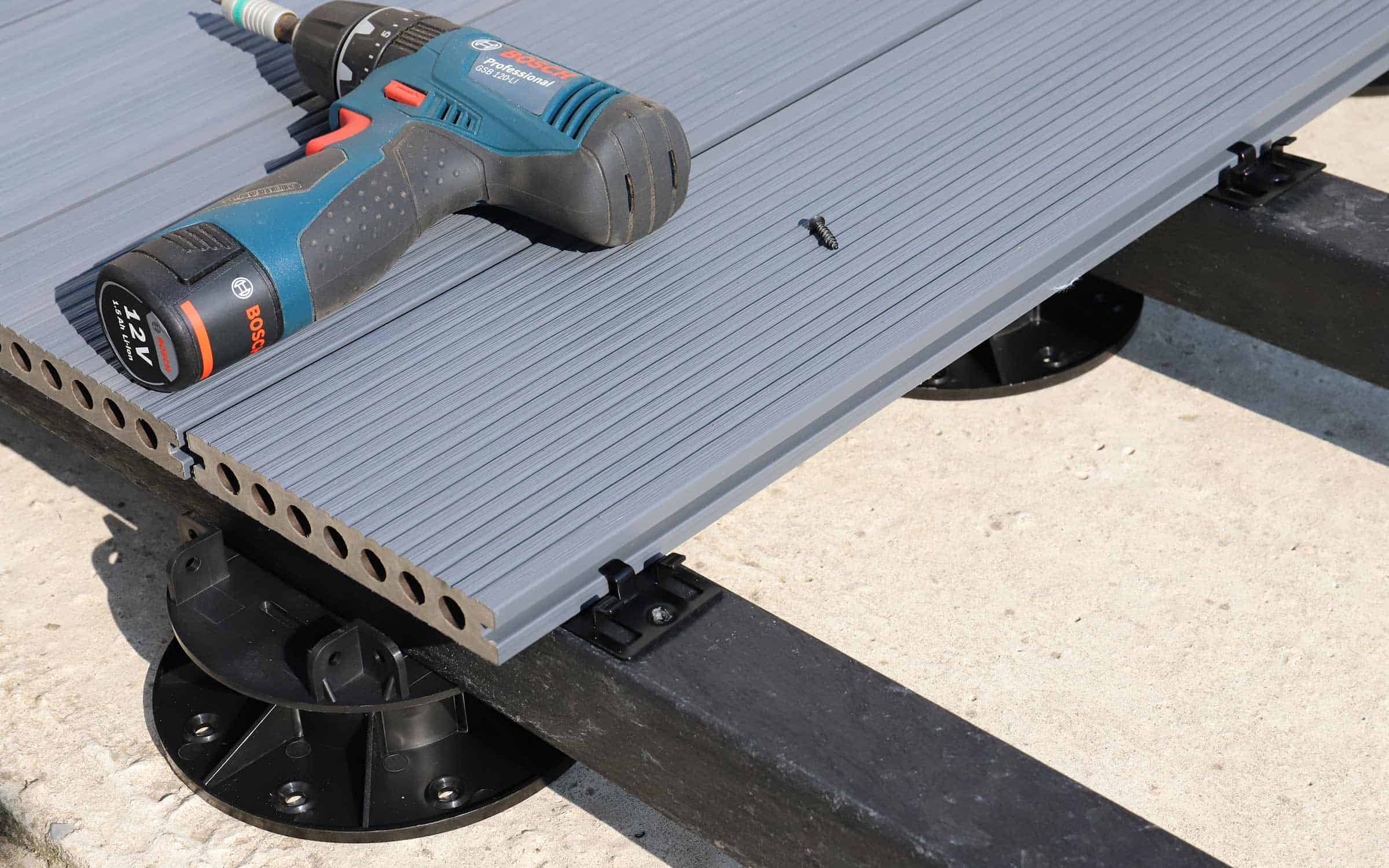
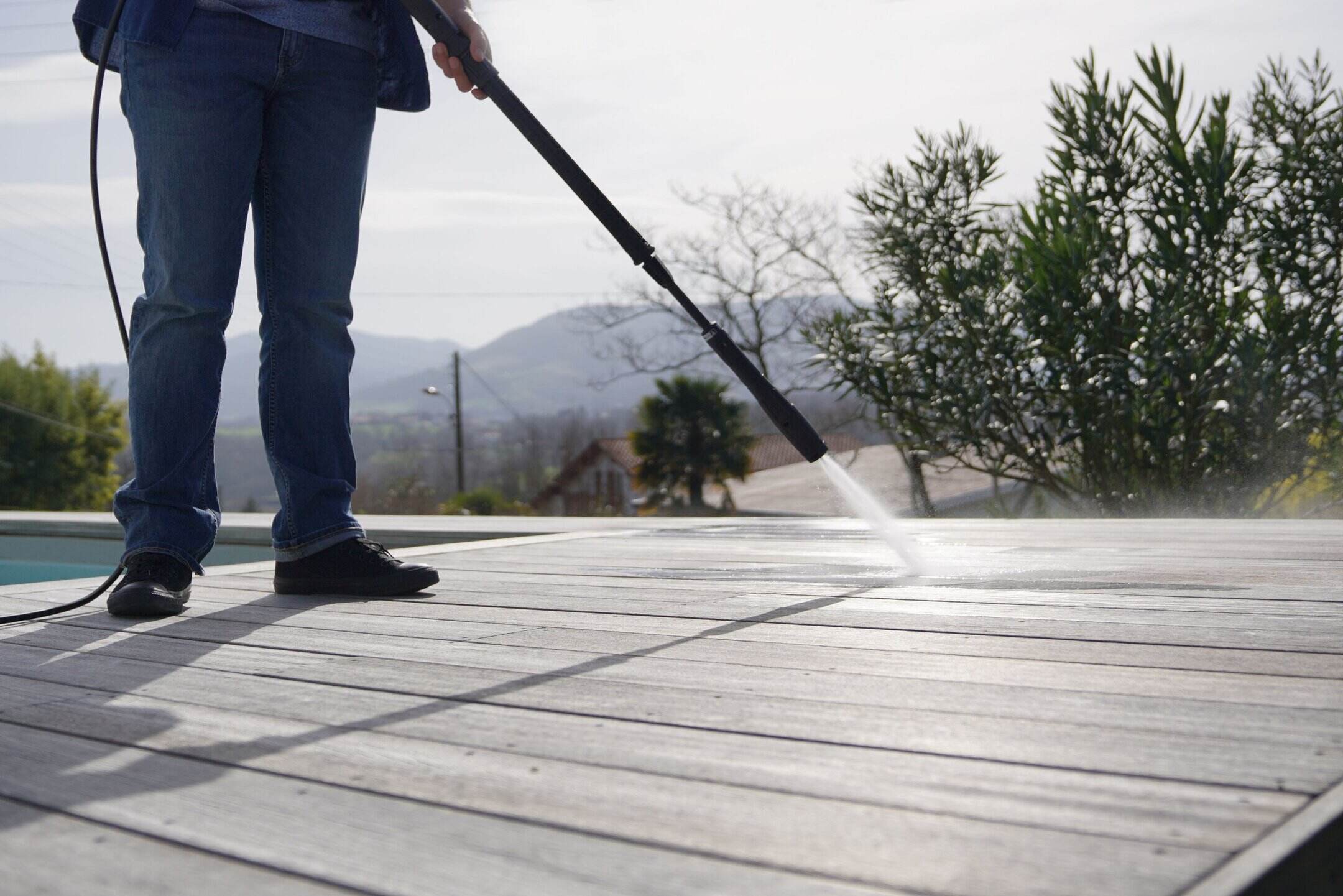
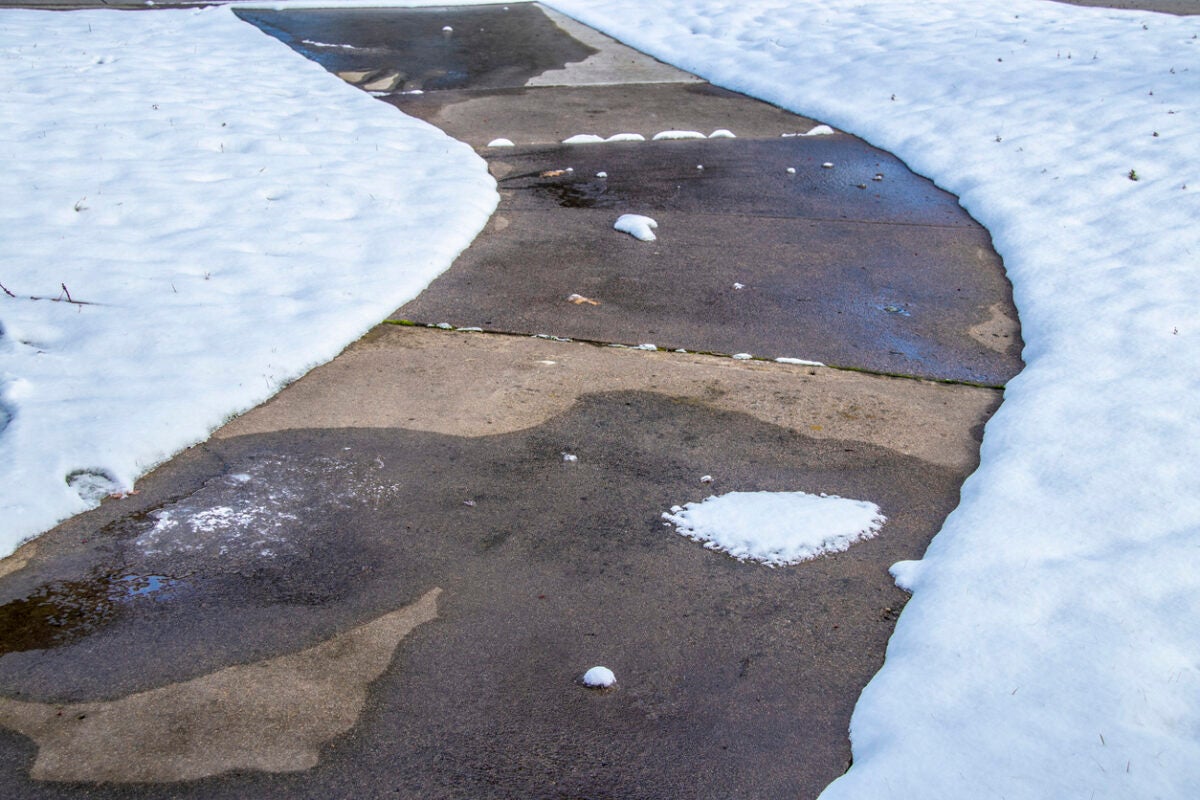
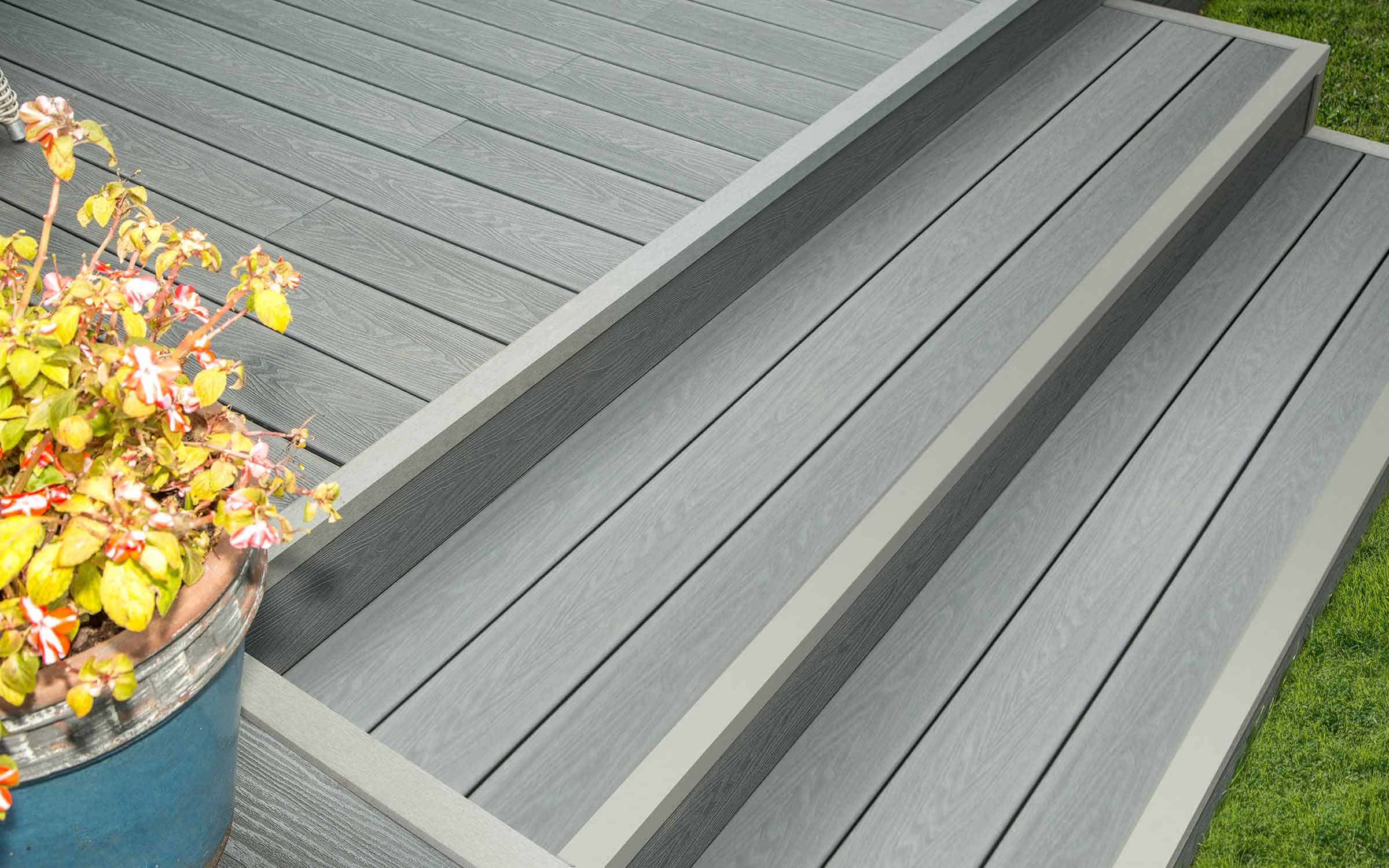
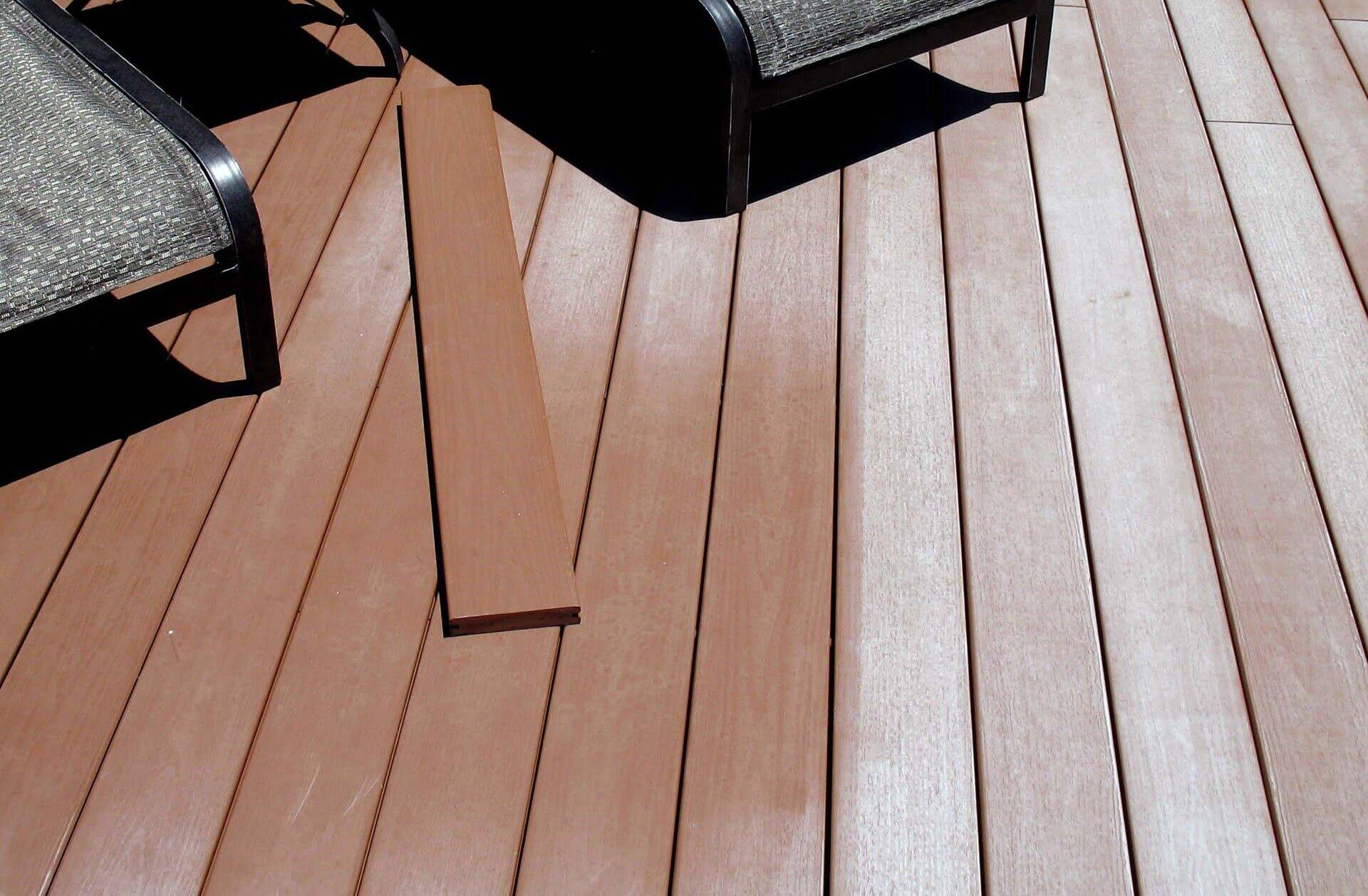
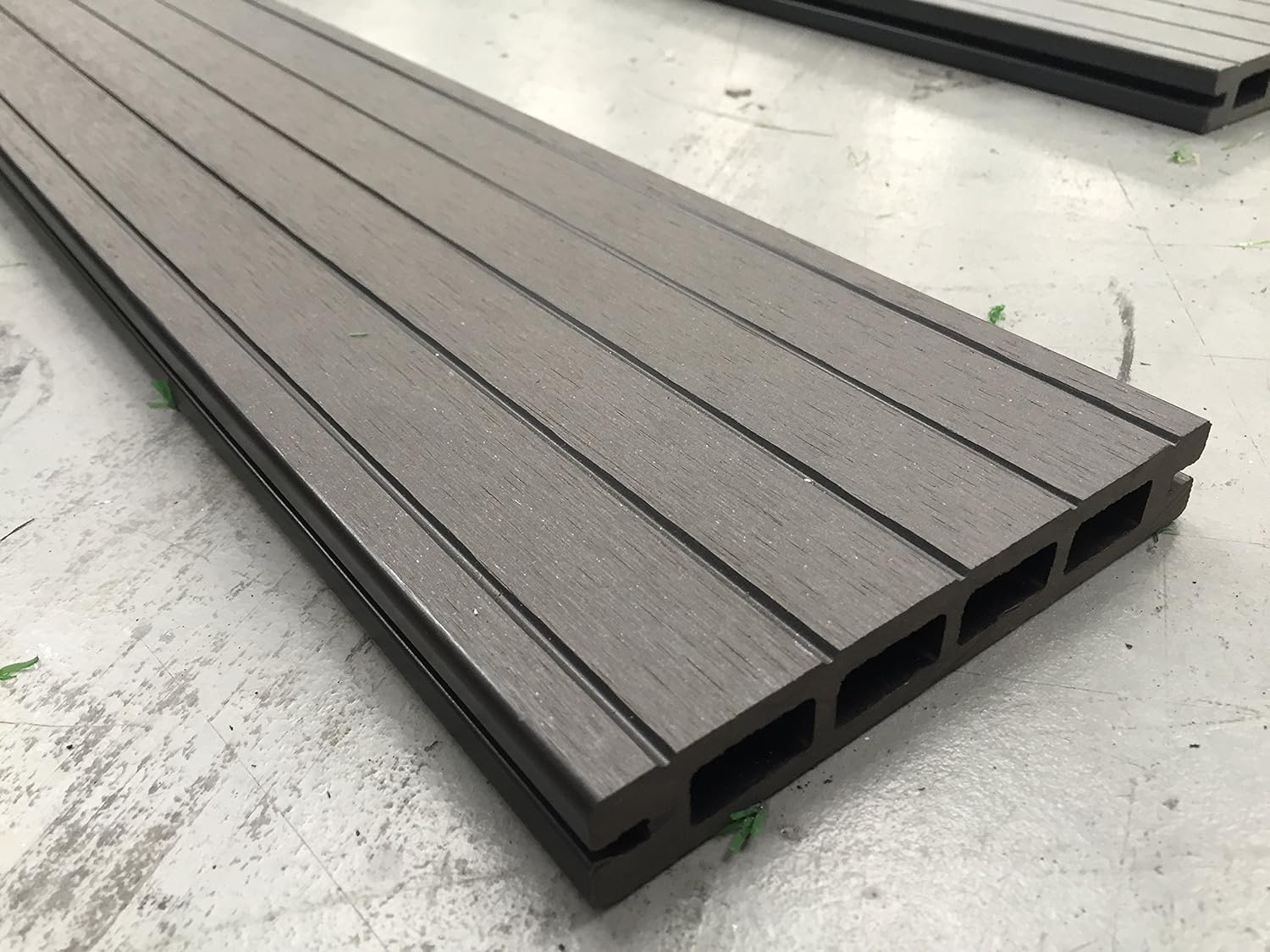

0 thoughts on “How To Melt Ice On Composite Decking”